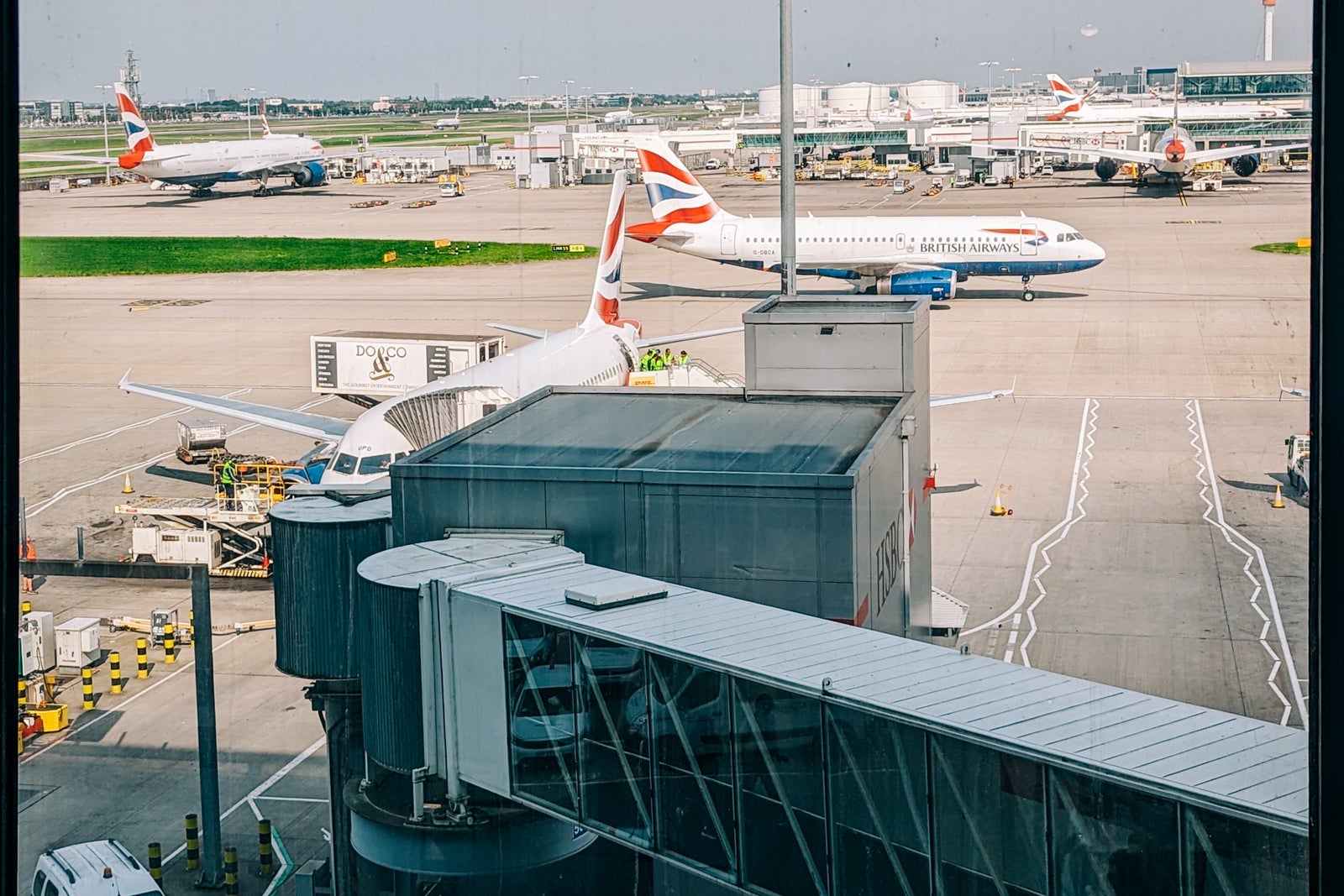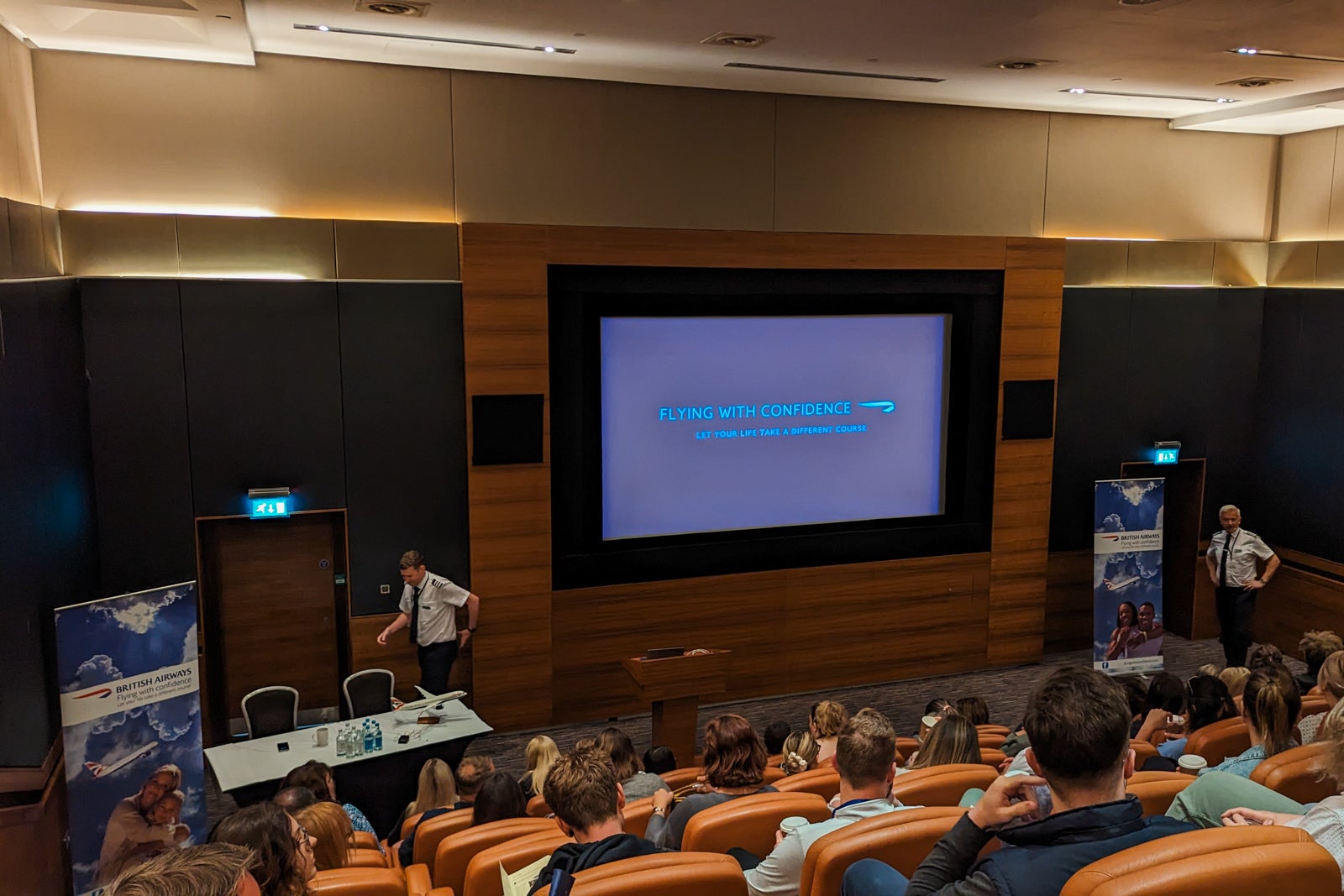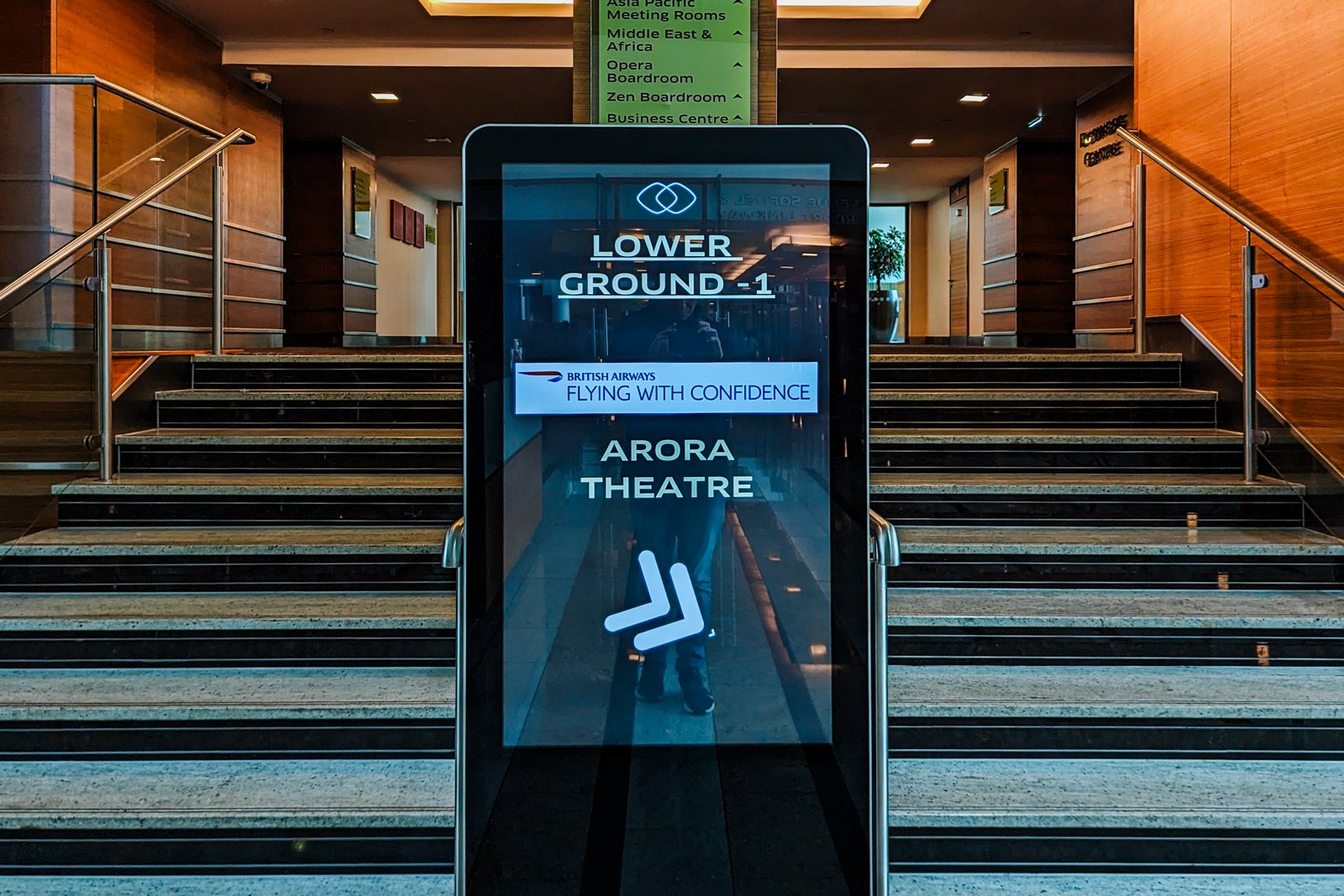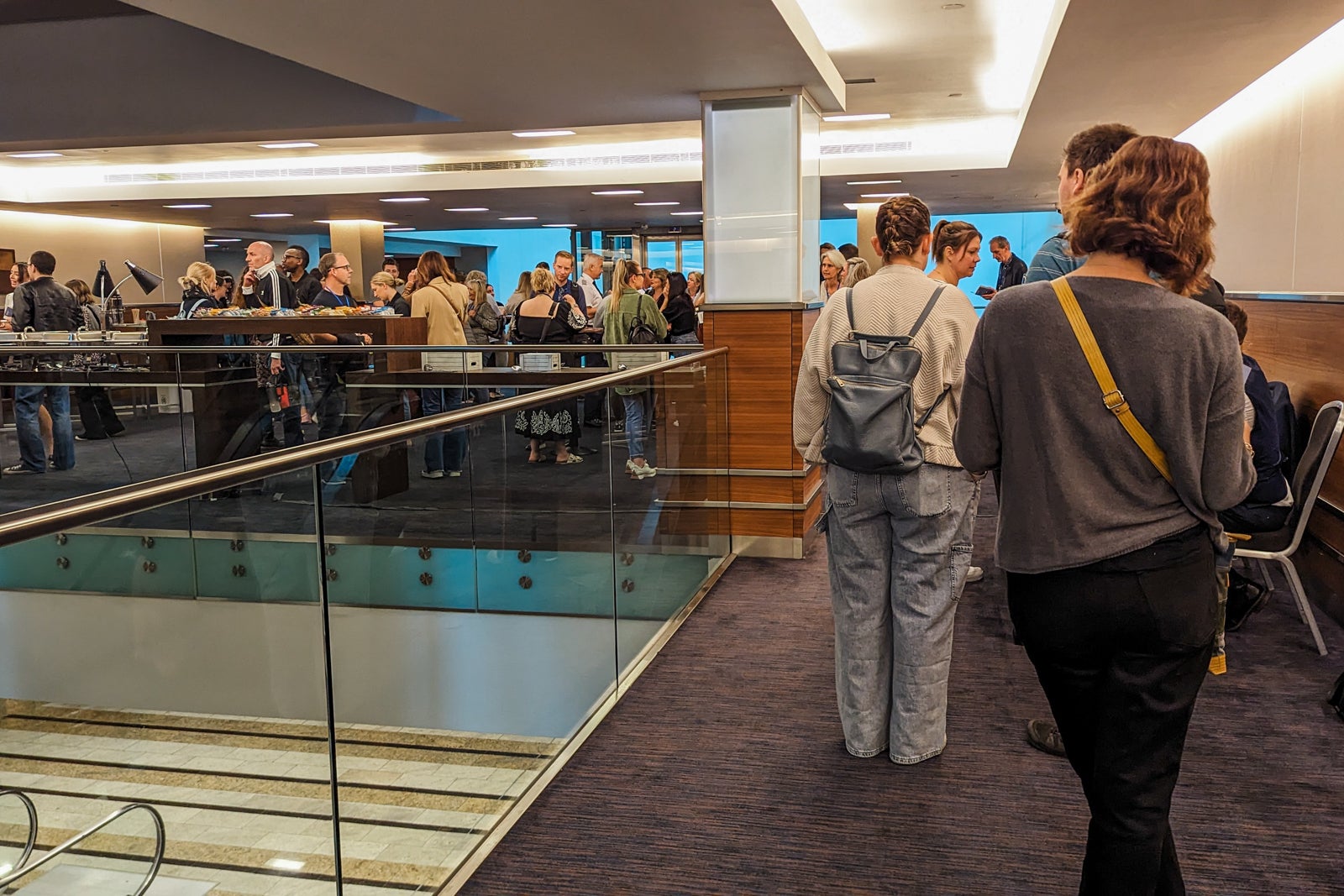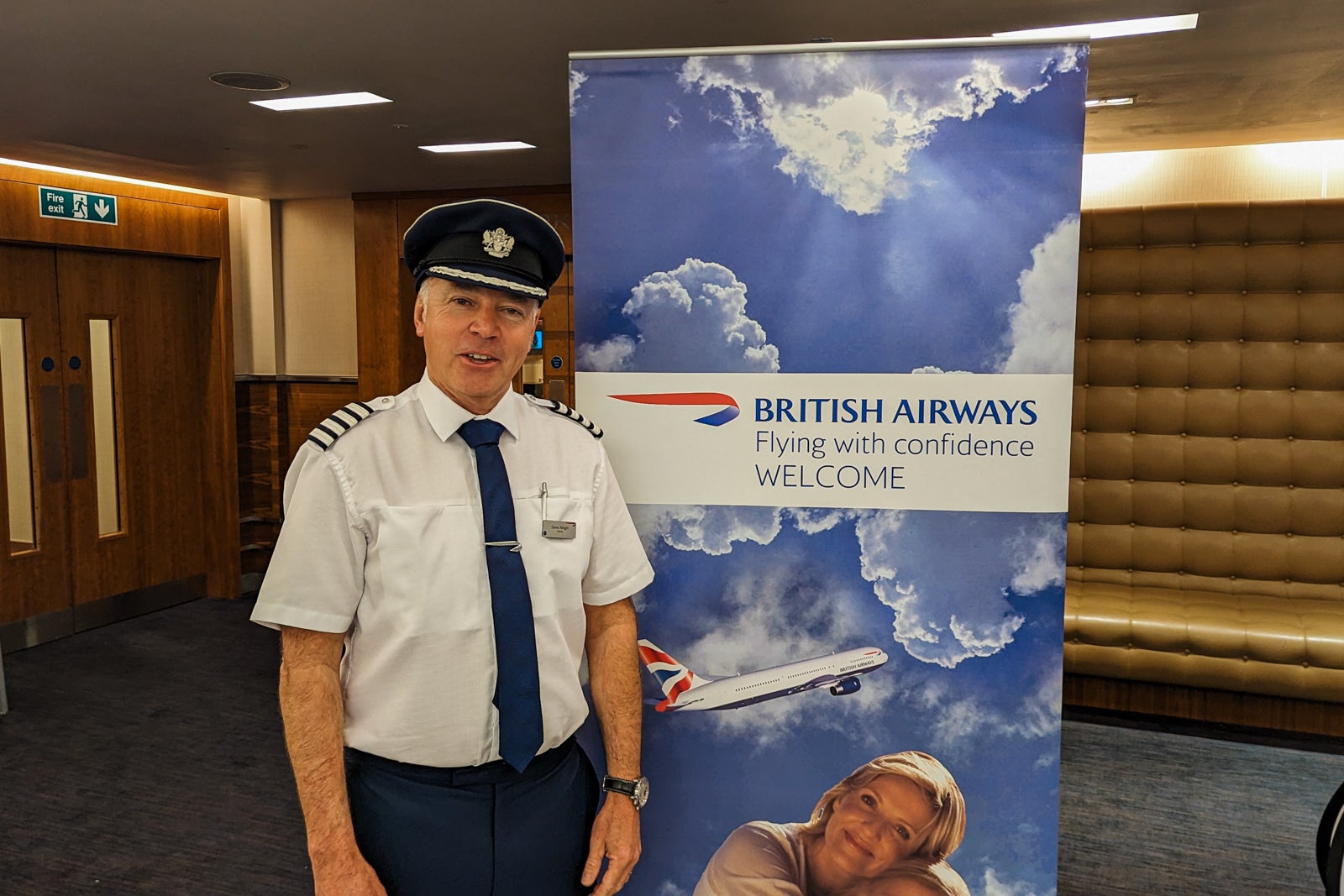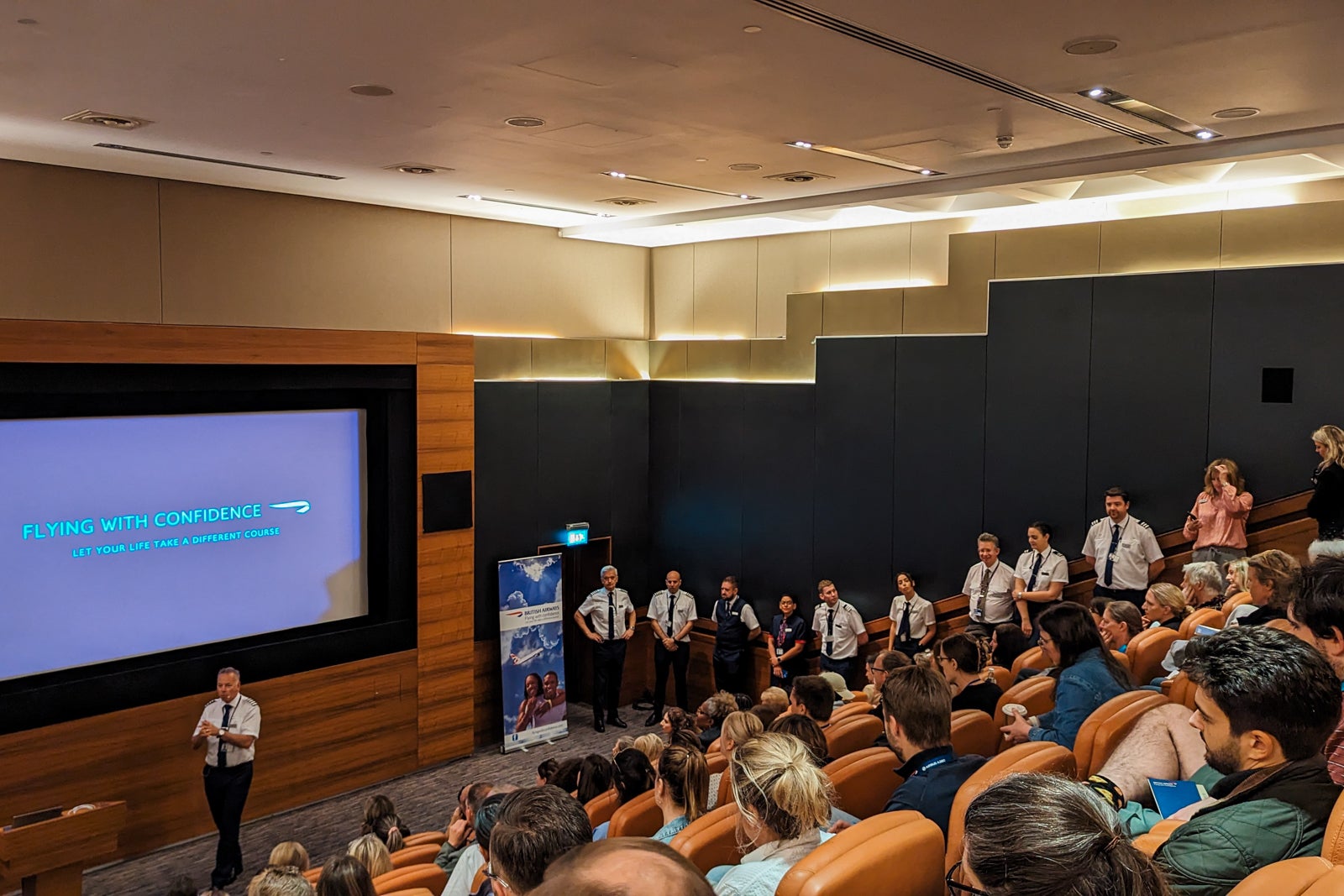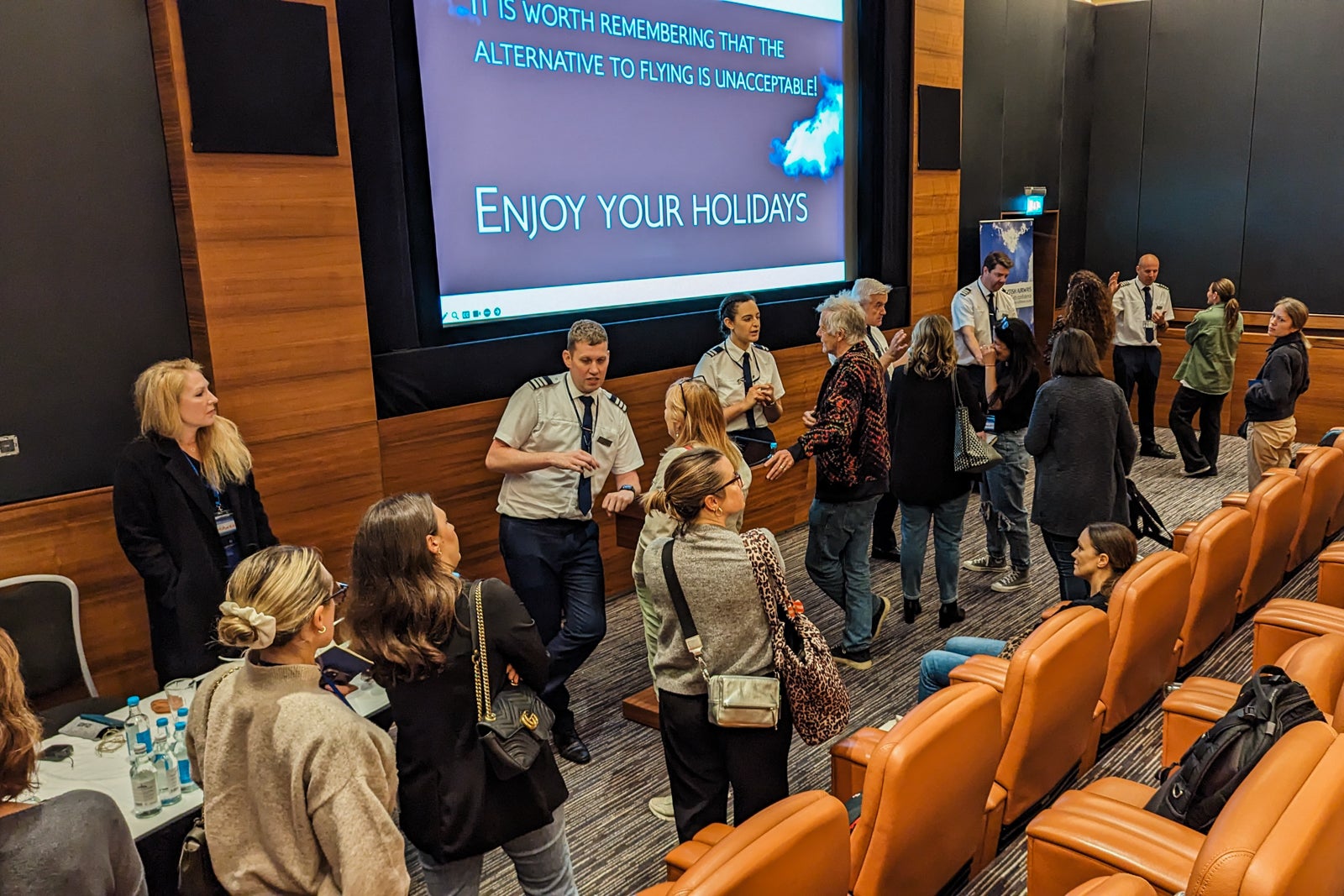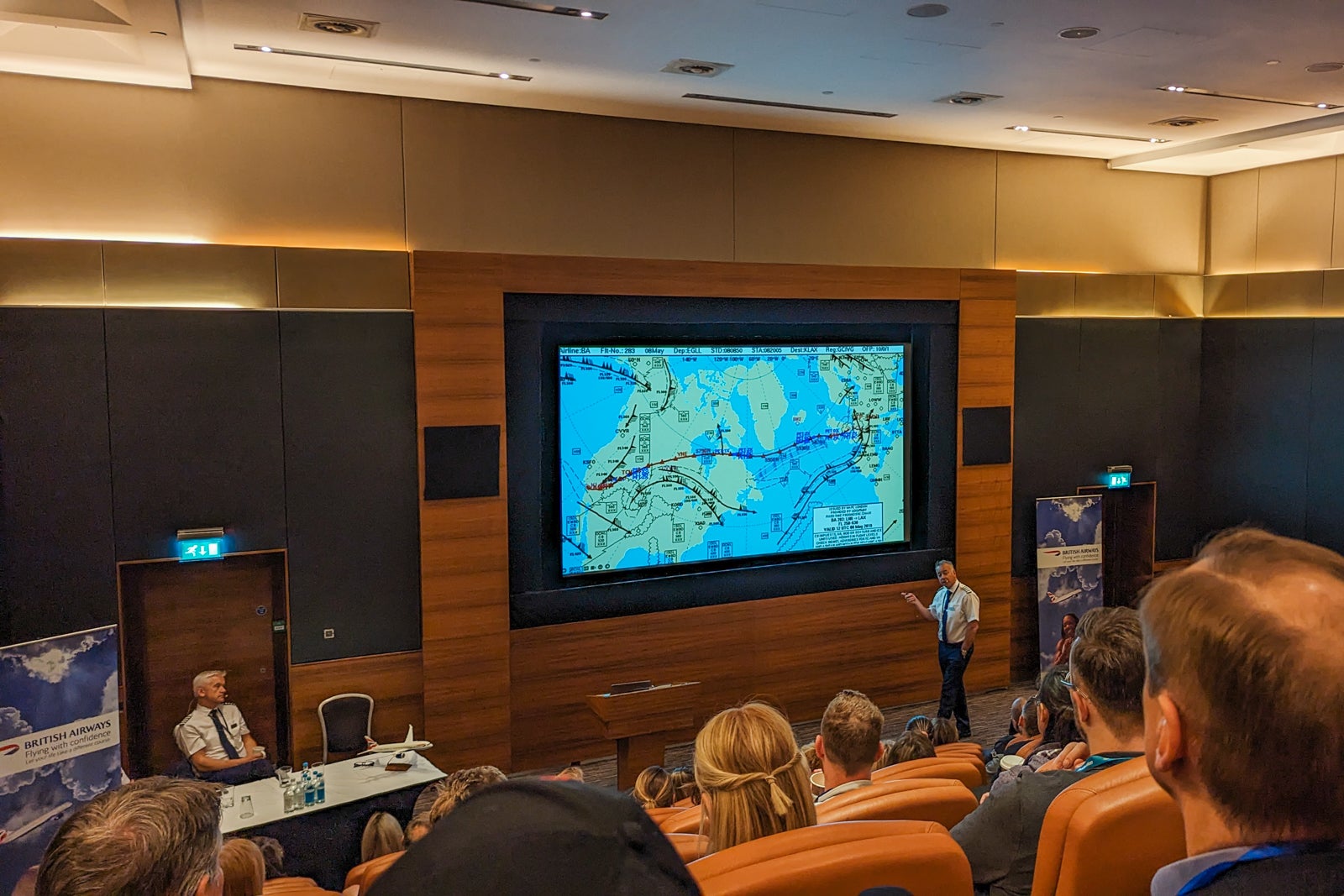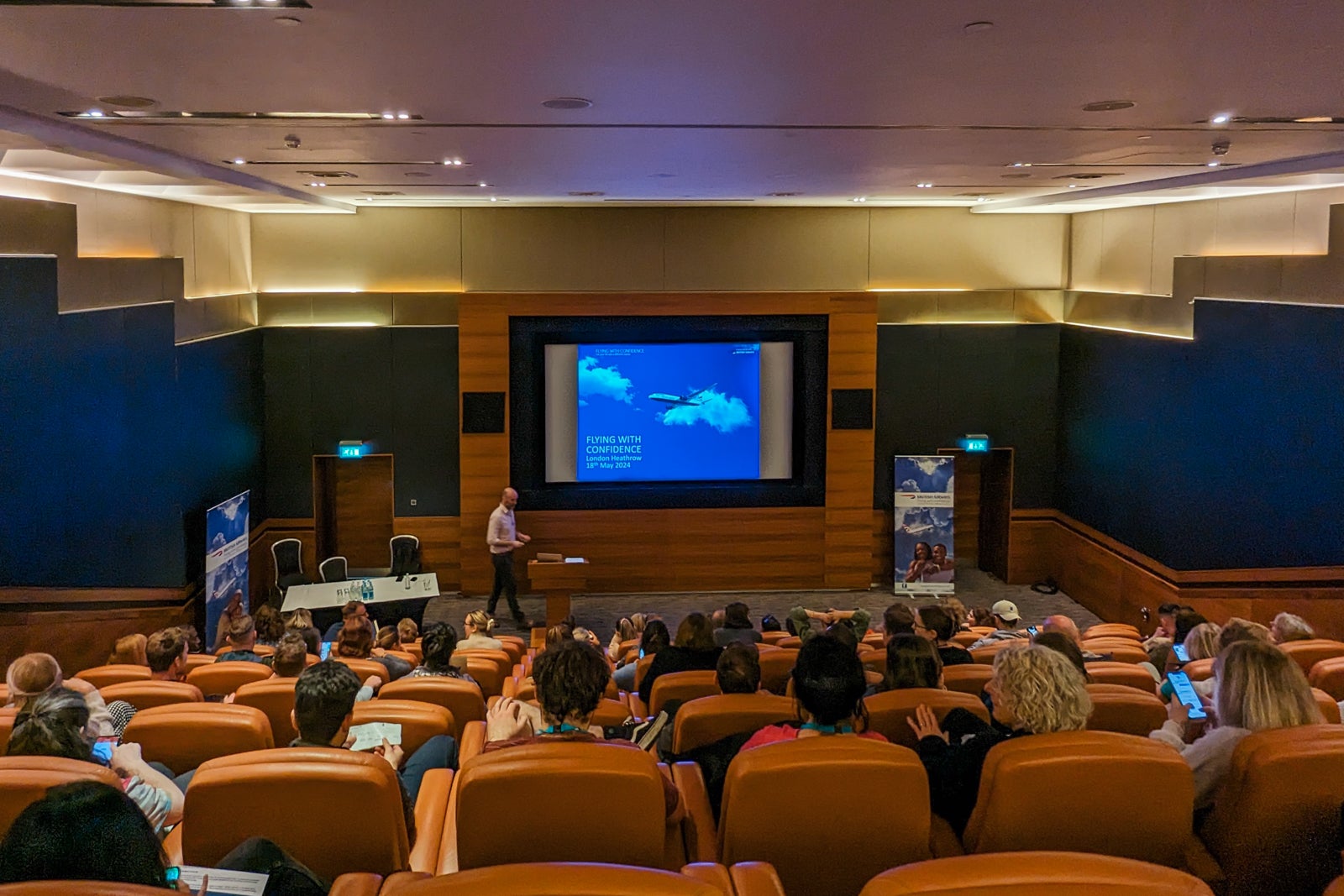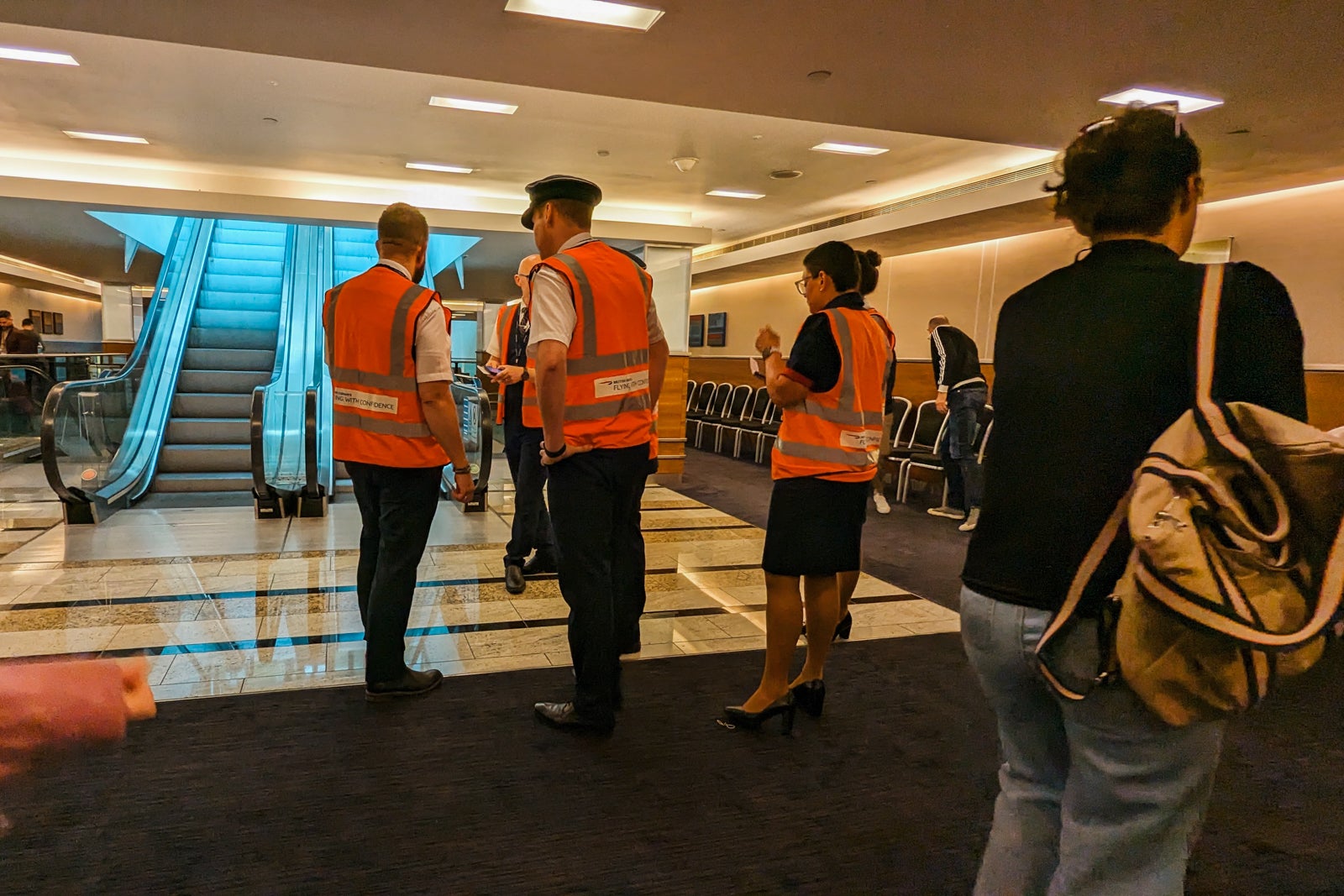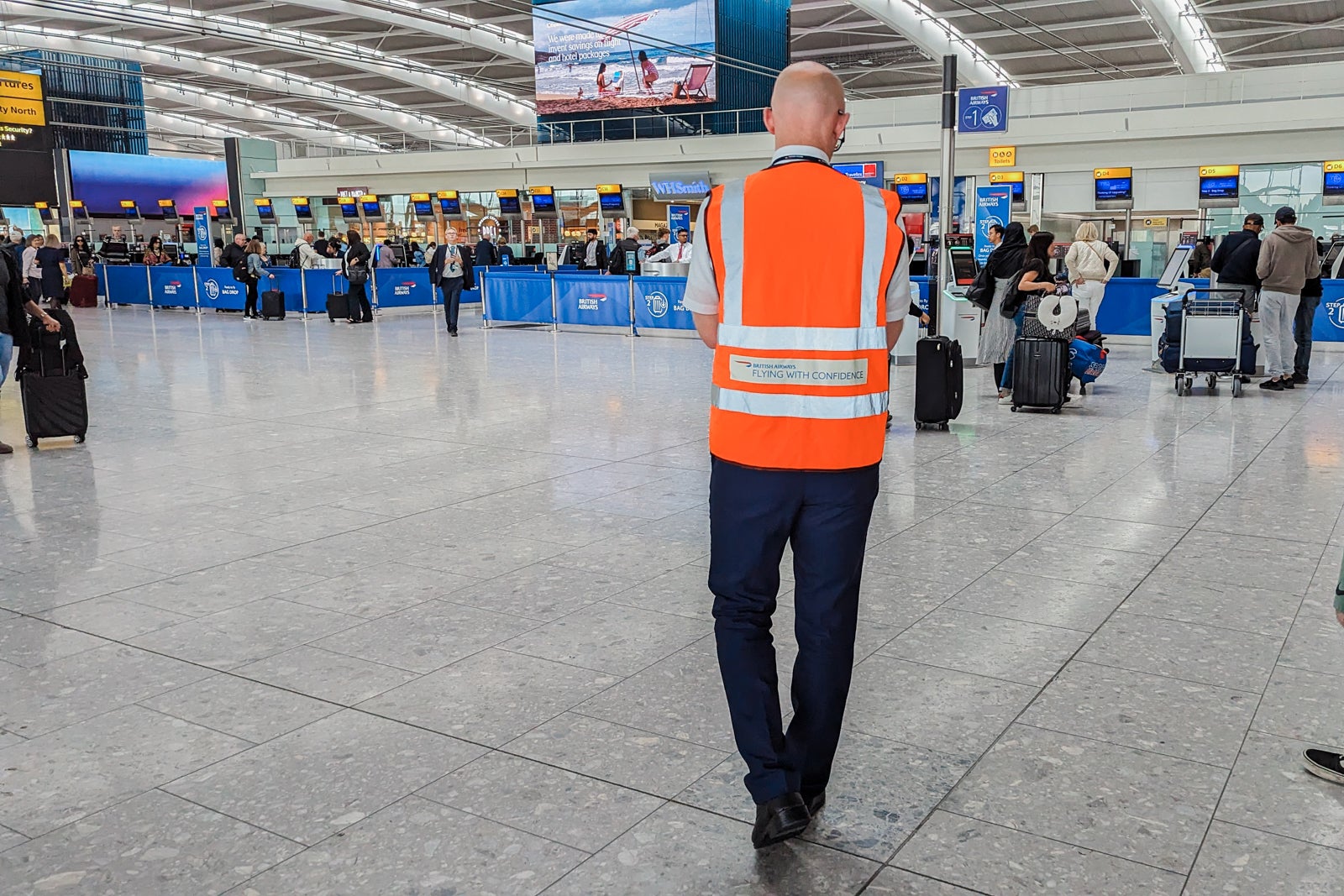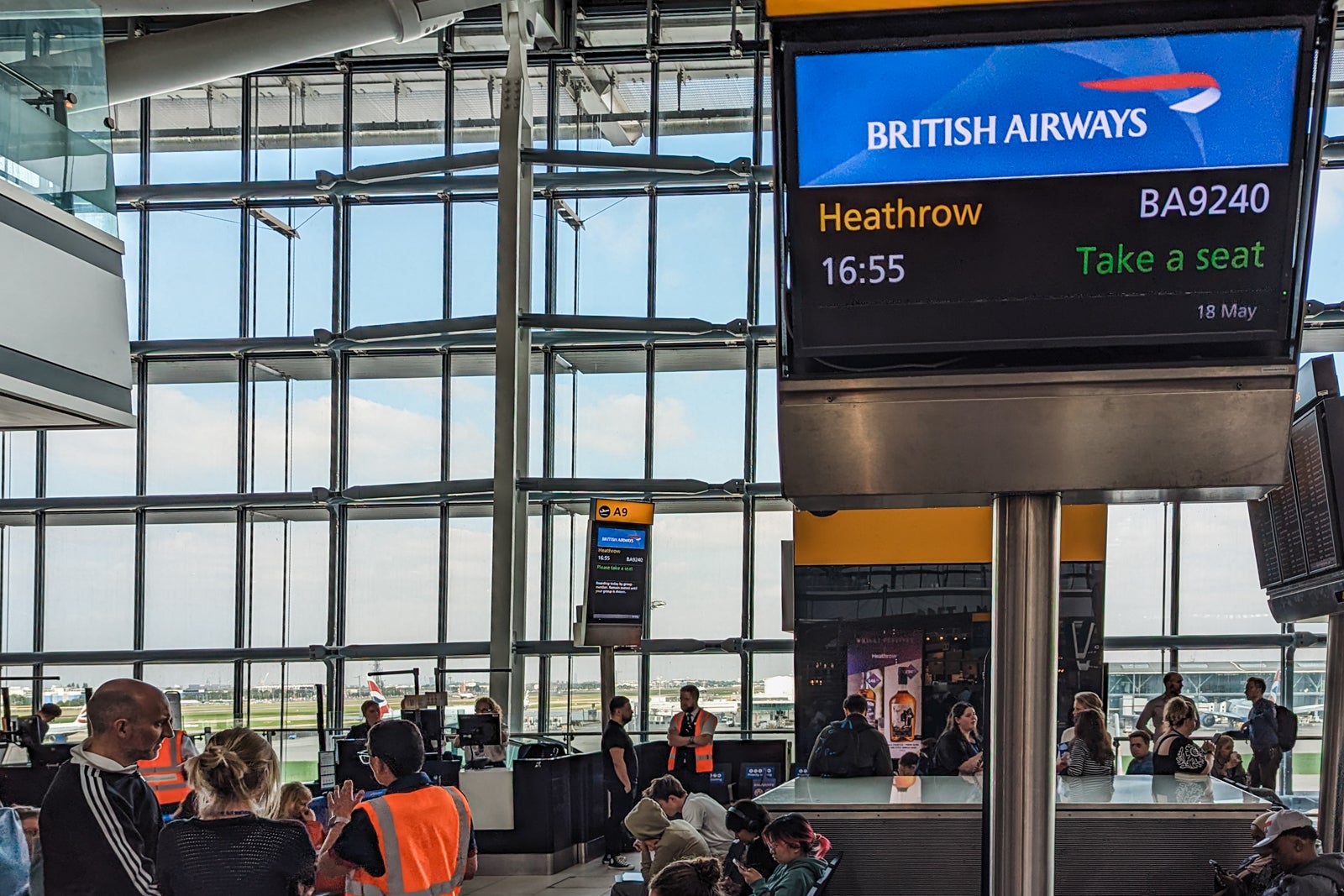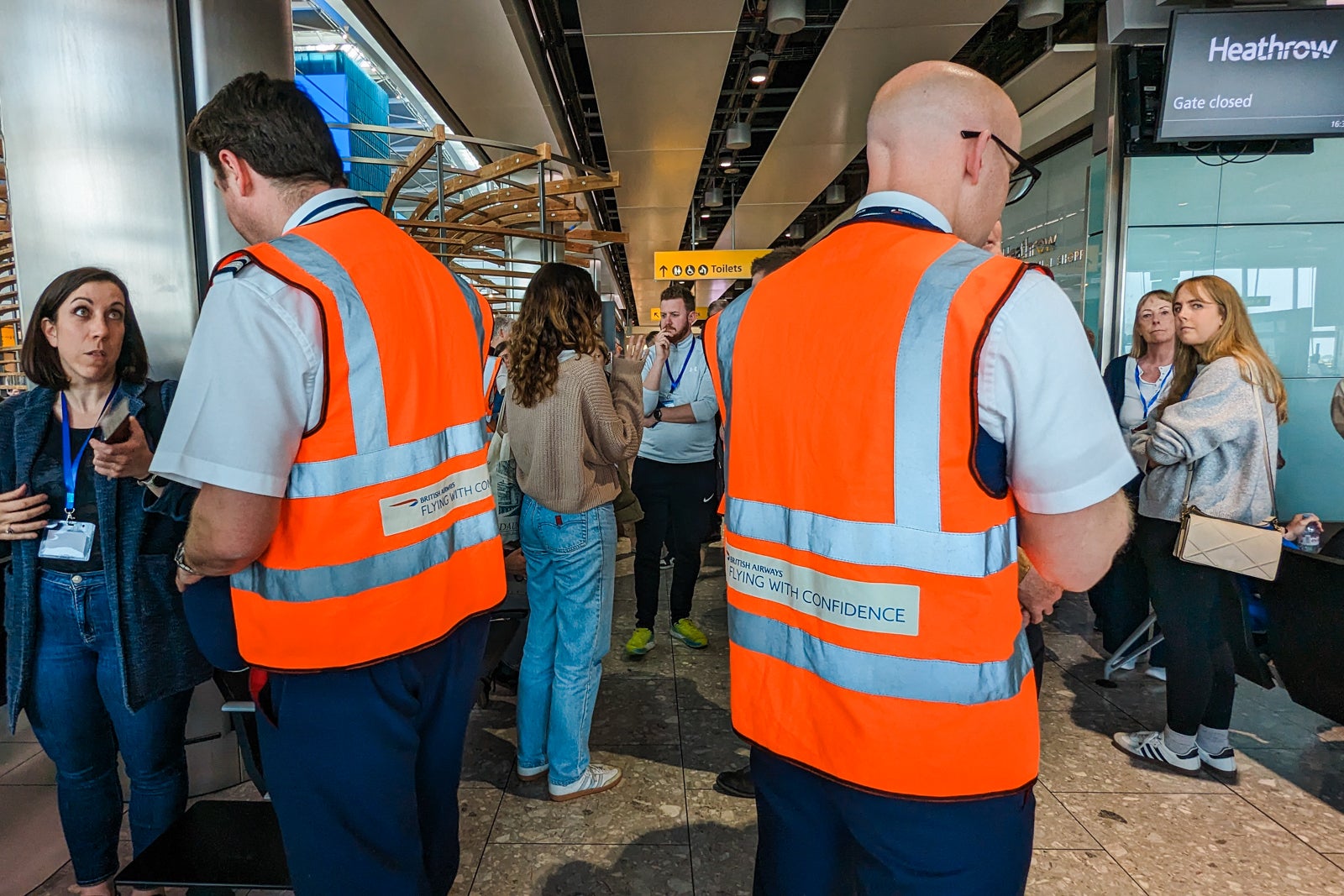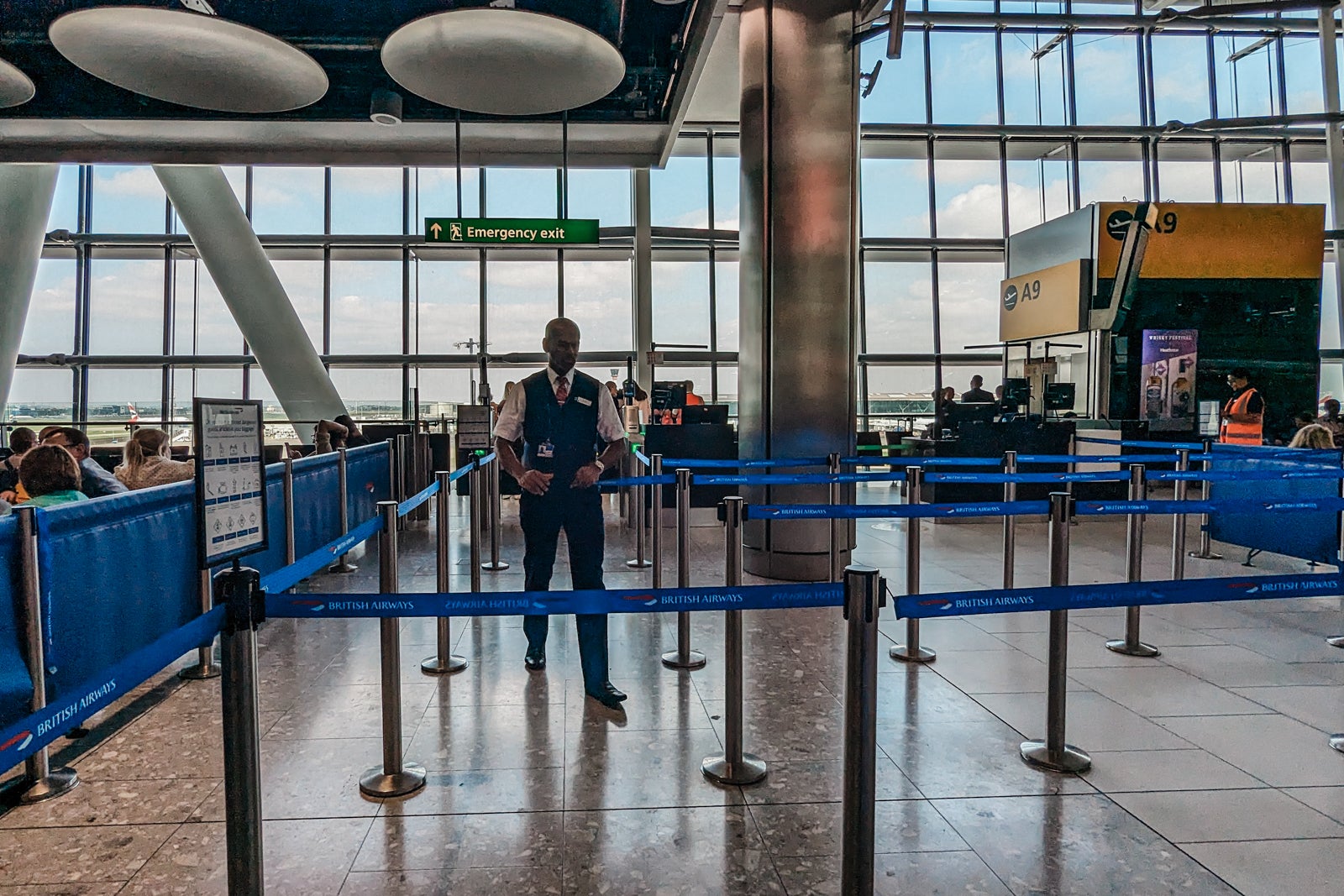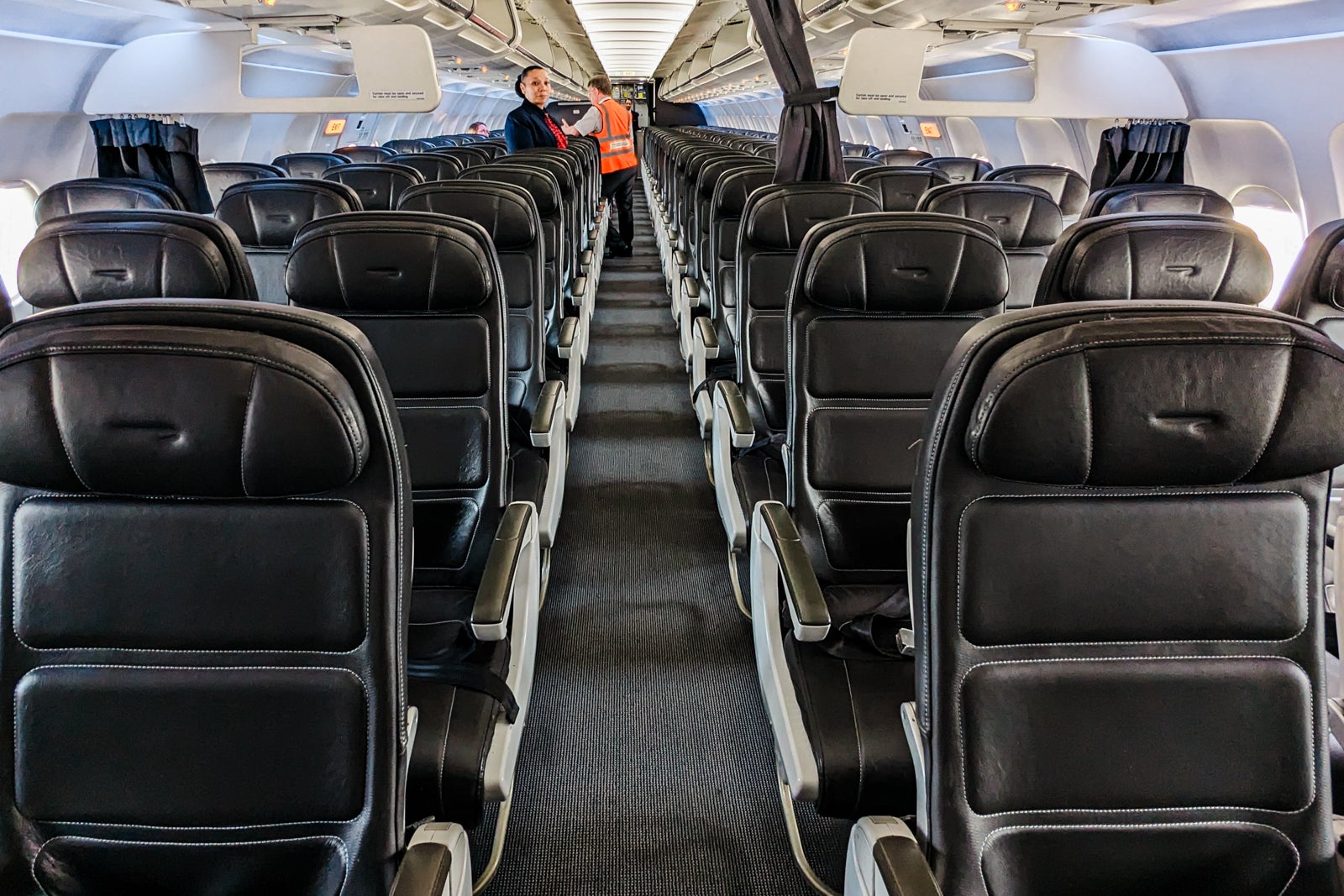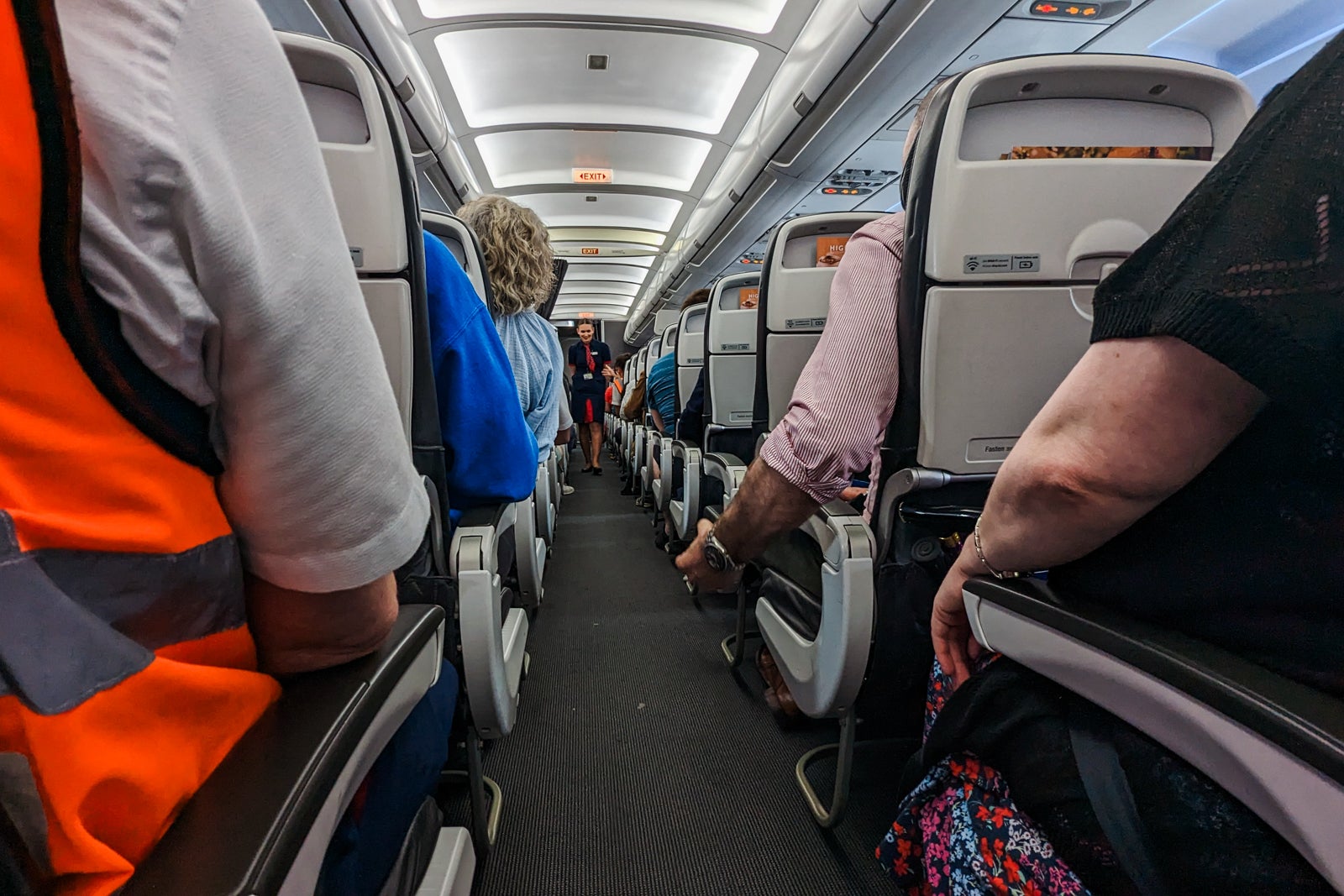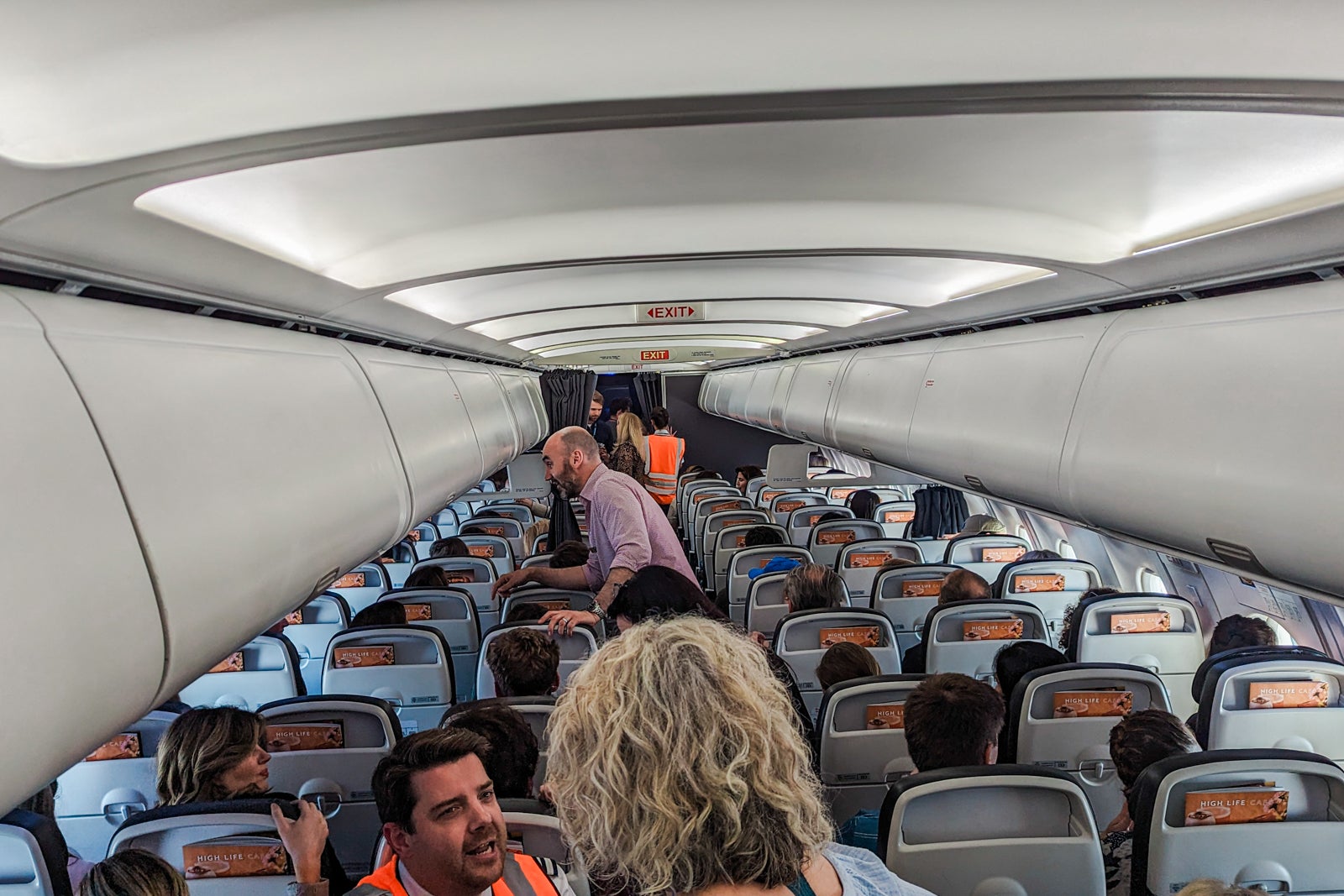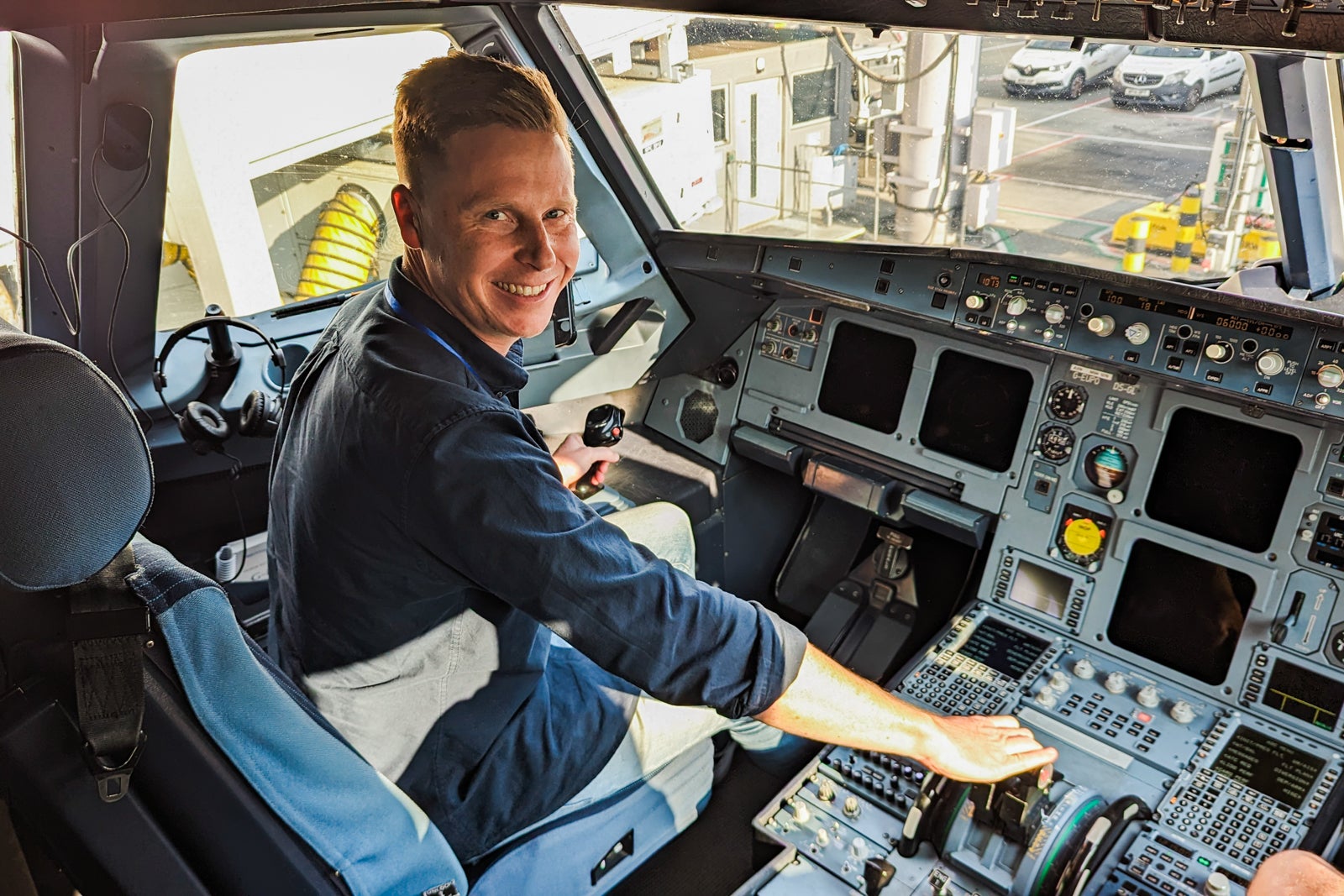If you are anxious at the thought of boarding a plane, you are not alone. The good news: There are resources available to help you.
The Washington Post reports that 40% of Americans fear flying, with 2.5% recording a clinical phobia of it. For some, there is the fear of the unknown, particularly if they have never been on a plane. Others may have had a traumatic experience on a previous flight and are reluctant to board another. A fear of flying can even affect business travelers who board flights regularly but want a better strategy for coping with the unpleasant feelings they experience flying.
Thirty-eight years ago, British Airways launched its Flying with Confidence program to help those who dread boarding planes. The course has helped 50,000 people overcome their fear of flying and boasts a 98% success rate, the airline says.
So what’s it like attending one of these courses? British Airways invited TPG along to find out.
Related: Take it from your pilot, a fear of flying is more common than you think
The basics of the Flying with Confidence course
The Flying with Confidence course runs throughout the year at U.K. venues with proximity to airports where BA operates — primarily Heathrow Airport (LHR), London Gatwick Airport (LGW), Manchester Airport (MAN), Edinburgh Airport (EDI) and Glasgow Airport (GLA).
The program is divided into three sessions:
- A presentation by British Airways pilots explaining how planes fly and how pilots operate them
- An afternoon session with a clinical psychologist explaining how fears of flying develop and can be managed
- A short charter flight on a British Airways plane to practice the knowledge and coping methods learned during the day
The cheapest one-day courses start at 395 British pounds (about $505) and include lunch, drinks and snacks throughout the day. There are around 100 spots offered each time this course is held.

Daily Newsletter
Reward your inbox with the TPG Daily newsletter
Join over 700,000 readers for breaking news, in-depth guides and exclusive deals from TPG’s experts
Some courses operate in other countries, such as Australia, but they do not include the charter flight component.
Those outside the U.K. who are unwilling or unable to travel to undertake the course can also complete the course online for a reduced price.
You can book the in-person courses online, and they usually sell out well in advance. If you wish to be in a smaller group, BA also offers premium packages with a maximum of just four participants; these small group sessions come at higher prices — up to 1,895 British pounds (about $2,420) per person.
Private one-on-one courses with British Airways pilots can be arranged for an additional price.
These prices may initially seem steep, but keep in mind that the cost of running each event is quite high. For the airline, expenses include pulling an aircraft from revenue service and assigning it to the charter flight; paying pilots, cabin crew members and other staff members associated with the course; and renting a venue for the classroom portion and lunch. For the class I attended, that venue was in a hotel next to Heathrow.
Related: How science and psychology helped me overcome my fear of flying
A nervous start
I arrived at the Sofitel hotel adjacent to Heathrow Airport’s Terminal 5 at 8 a.m. on a Saturday for the Flying with Confidence course. The lobby of the event space was already busy with attendees registering for the course, collecting their course materials and boarding passes for the afternoon flight (remember your photo identification), and grabbing tea or coffee before the formalities began.
Some attendees at check-in were visibly upset about the upcoming flight. One such attendee registered behind me in the line and explained that she had enthusiastically signed up for the course several months ago. However, after her partner dropped her off for the day, her anxiety levels were through the roof. Even so, she was keen to proceed.
I introduced myself and encouraged her to come and find me if she needed anyone to speak to.
After registration was complete, the 100 or so attendees in the regular course were called into the auditorium for staff introductions. The premium courses, which had much smaller groups of participants, took place at the same time in smaller meeting rooms next door.
Most attendees were from the U.K. and had traveled to London by train to avoid boarding a flight before finishing the course. There were international attendees, too — one with whom I spoke had flown in from Spain. Participants came from all walks of life. The group included regular travelers who had become uncomfortable flying for one reason or another and were looking for solutions; it also included some people who had recently had children and said they were coping with a renewed awareness of their mortality.
Related: 7 tips for overcoming a fear of flying
How to become a pilot
The course commenced with a cheery welcome from Capt. Steve Allright. Allright has been a British Airways pilot for over 30 years, and is currently operating the Boeing 787 Dreamliner aircraft and leading the Flying with Confidence course.
Allright immediately put attendees at ease with his soothing, formal English voice, peppered with plenty of good-natured British humor. He assured us everything would be “Allright.”
I was impressed by the number of BA staff members on hand throughout the day to run the course and answer attendees’ numerous questions. This included multiple captains and first officers, experienced cabin crew members, BA management staff members and even the Heathrow chaplain to answer any questions about faith.
This was a premium learning experience, reflecting the premium price tag.
Allright and two other British Airways pilots (in uniform, of course) with decades of experience then spent the next few hours walking the attendees through the facts and figures of the aviation industry, how pilots are trained and how planes fly.
Attendees learned about the number of flights operating each day, the number of aircraft in the sky at that moment, and the rigorous training every pilot undergoes to fly a plane and retain their certification.
In short, the cost, commitment, aptitude and time involved in becoming a pilot mean only the most capable and committed will ever fly paying passengers.
You did not need to be an aviation expert to understand or enjoy the information presented by the BA pilots. Everything was practical and interesting and held the room’s attention. The nervous atmosphere started to relax a bit.
During the breakout session that followed, attendees had a chance to grab tea, coffee and biscuits while the friendly BA staff members mingled and answered additional questions. Everyone was encouraged to talk to other attendees and share their experiences.
I spoke with an attendee in this session who explained that they had a family wedding on the Caribbean island of Antigua the following weekend but had not been on a plane in almost 20 years as they were too scared to do so. Rather than miss attending an important family occasion, they had booked a flight to Antigua (flying British Airways) — completing this course was their only hope of being able to board that flight in less than a week.
A sense of camaraderie was evident throughout the room. There was a feeling that everyone was in this together for the same outcome and would help each other through this.
How do planes fly?
Following the morning break, the pilots delved into the mechanics of how planes fly and how turbulence occurs. I fly regularly in my role at TPG, and I consider myself an aviation enthusiast, but I learned plenty that day about what it takes to get a plane up in the air.
For example, did you know that a plane’s “wings” are a single wing that spans the entire aircraft width? Did you know that turbulence is uncomfortable but not dangerous? Or that the wings enable the aircraft to fly, not the engines?
The psychology of aerophobia
After a hearty hot buffet-style lunch in the breakout area, Dr. Simon Petrie — a chartered clinical psychologist who had traveled down from Scotland for the course — walked us through the psychology of a fear of flying, technically called aerophobia.
Petrie also walked us through techniques for reducing the anxiety many people feel when aboard a plane during turbulence or adverse weather conditions.
His session ended with a guided relaxation exercise that I found very effective in soothing the group into a deep calm. I’ve had hourlong massages from which I emerged less relaxed than I did from Petrie’s guided relaxation exercise. I almost fell asleep and was extremely relaxed and at peace with the world before the course’s final and most important part.
Boarding our special flight
Capt. Allright then explained the next steps of entering the airport and boarding our charter flight. This included the process of clearing security for those who had never been to an airport before.
Around 3 p.m., we were divided into groups of 10, and each group was allocated a BA official to escort us on the short walk to Terminal 5. While the terminal was reasonably quiet, there was still a full schedule of flights departing Saturday afternoon, and it was useful to have someone escort our group, especially for inexperienced travelers.
The course attendees were required to pass through security, just as passengers on other flights were.
The security in Terminal 5 had been briefed on our arrival, and when our steward advised them that we were “one of the course groups,” they patiently allowed us extra time to prepare to pass through security. They cheerfully explained why we needed to remove electronics and liquids as well as why the restrictions were in place.
We then headed to the gate for our special “flight from Heathrow to Heathrow,” with its scheduled departure time of 4:55 p.m. The waiting time did seem to raise the anxiety levels of some attendees, as did the transition from the controlled comfort and safety of the Sofitel hotel conference space to a disorienting, fully operational airport terminal.
Related: The best ways to get from Heathrow Airport into London
The stewards were kept busy answering last-minute questions and soothing a few course members who were starting to feel more anxious.
Some elements of the charter flight were like any other flight, such as being allocated a regular gate and departure time in Terminal 5.
While we had been issued boarding passes, we did not have allocated seats, so the boarding process did not involve group numbers.
Capt. Allright took the microphone at the gate, encouraging us to board as we felt comfortable and sit wherever we liked. While some attendees confidently strode forward, keen to have the flight and course over as quickly as possible, others needed additional time and encouragement.
On board the British Airways A320 aircraft, smiling cabin crew members were reading to welcome us. These crew members had not been assisting with the course that day but rather operating scheduled British Airways flights on this aircraft.
The staff members had been briefed on this special flight and were happy to answer any questions about the plane, their roles, their training and their experience. They helped alleviate any last-minute concerns.
The nervous energy and excitement on board were palpable. Some course members were smiling large at having come so far in just one day, and others were unsure whether they could make the actual flight.
The course staff members were all on board with us and were evenly spread out throughout the aircraft. The Heathrow chaplain was sitting in the row behind me while Petrie was sitting in front of me.
Boarding took longer than usual, and some passengers were reluctant to board. I witnessed one passenger leave the aircraft after boarding, and unfortunately, I didn’t see them return.
At 4 p.m., Allright came over the loudspeaker to continue guiding us through our journey. For extra comfort and safety, he was not the flight pilot; there was a separate captain and first officer in the cockpit for that purpose. Allright was instead available to provide commentary on every beep, pilot instruction and plane movement. He also led us through breathing exercises with his ever-constant and soothing “everything is fine” reassurance.
We taxied to the runway with special clearance from air traffic control to skip the line of awaiting aircraft and take off as quickly as possible. A mixture of cheers and screams erupted in the cabin as the plane’s wheels left the tarmac, and everyone understood what they had achieved. (Allright calmly commented on every step of the process.)
The flight only lasted about 30 minutes. However, when the seat belt signs were turned off, we were encouraged to move around the aircraft, chat with the cabin crew and course staff about how we were feeling, or pop down to the rear galley for a cup of tea and a biscuit.
Allright soon advised us to take our seats for landing. We had a smooth touchdown back at Heathrow, where another almighty cheer erupted.
From there, course attendees were invited to visit the cockpit for a quick photograph before collecting their certificate of achievement and heading off to plan their next adventure.
Bottom line
It was easy to see why British Airways’ Flying with Confidence course has been so successful in helping thousands of people overcome a fear of flying over the past three decades.
The experience was impeccably organized, with many experienced British Airways pilots, cabin crew members and management on hand to answer any questions over the 10-hour day. The sense of camaraderie among the course attendees was evident. People who began the day as strangers embraced each other as the flight landed, recognizing their fears were not uncommon and could be overcome.
Everyone who completes the Fly with Confidence course receives a 10% discount on British Airways flights they book for the next six months after the course.

